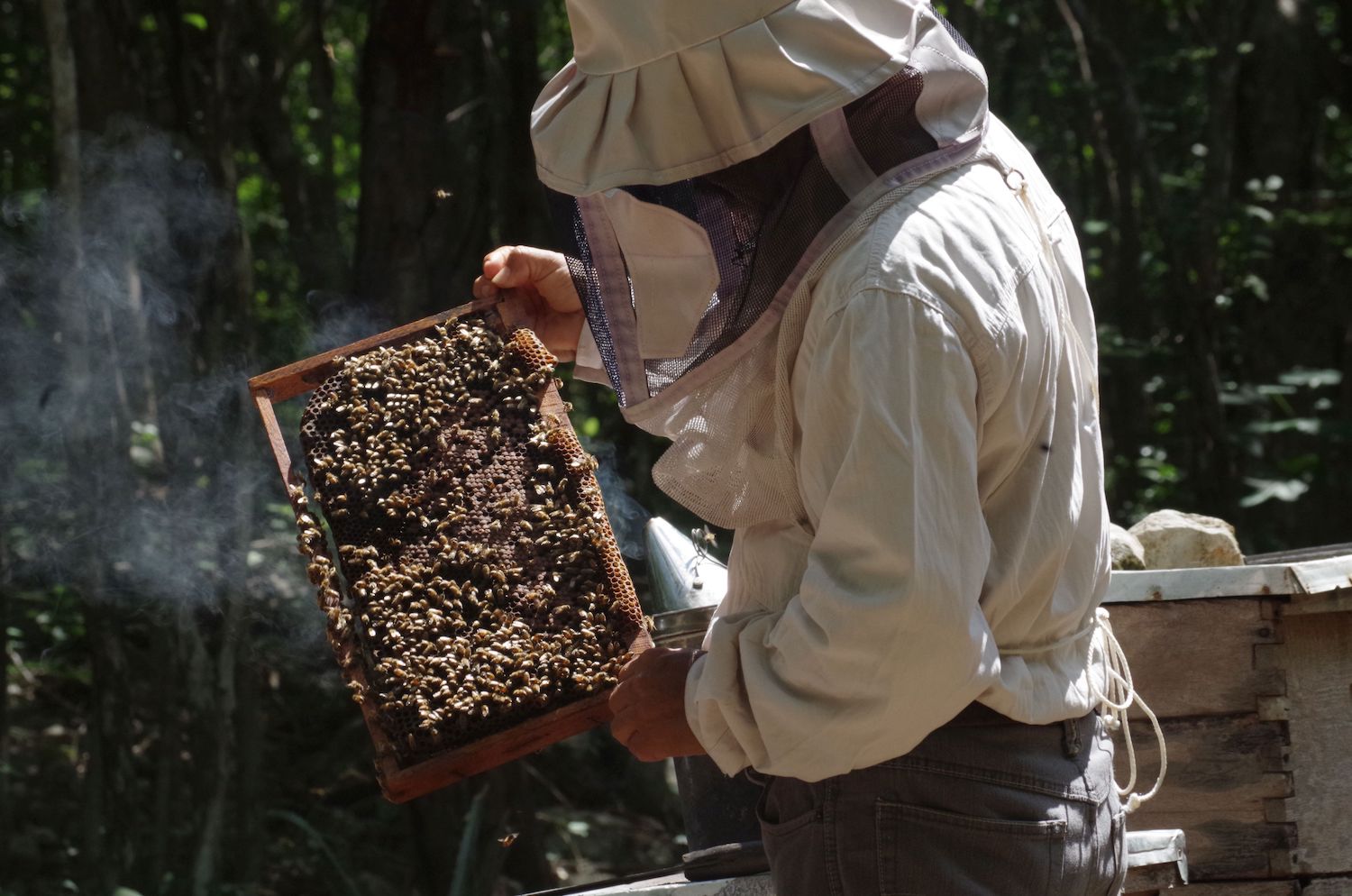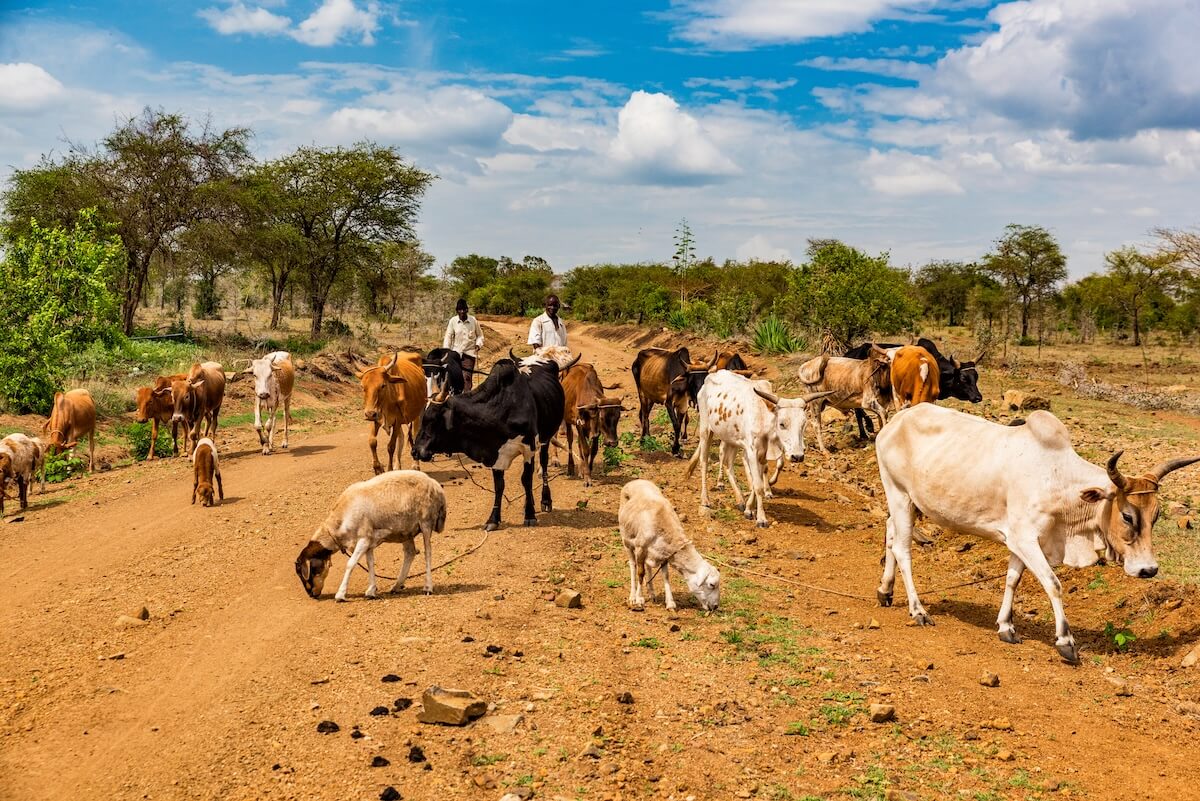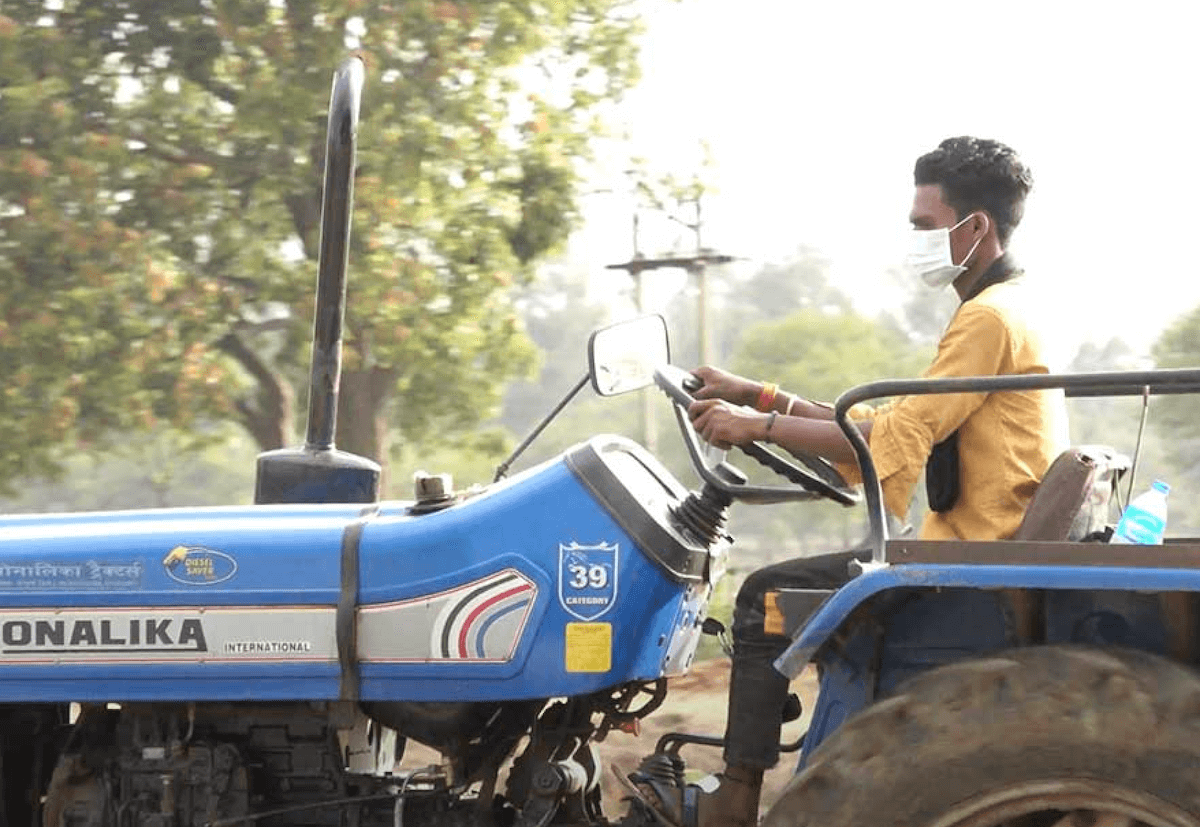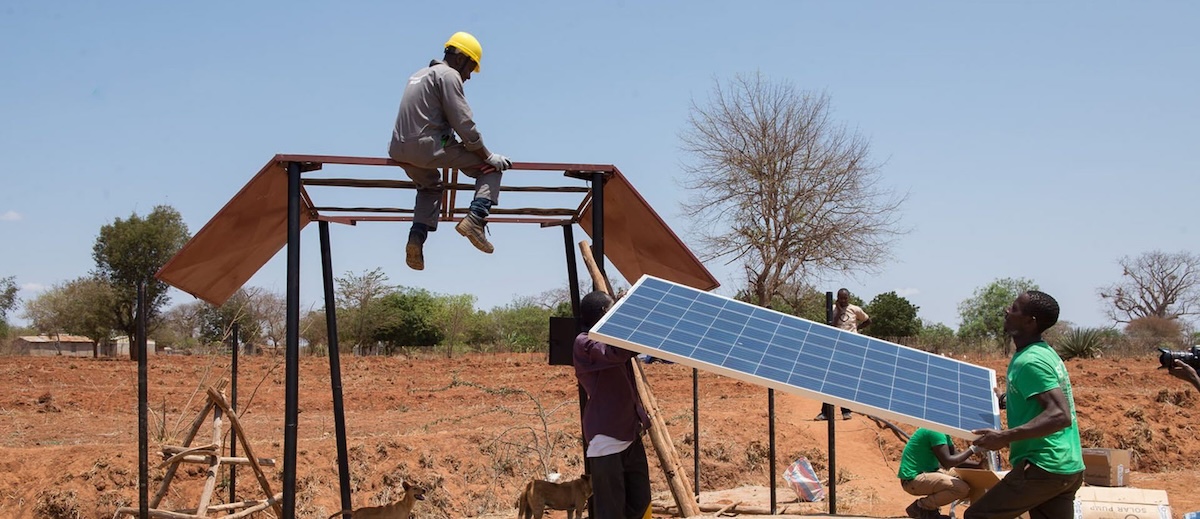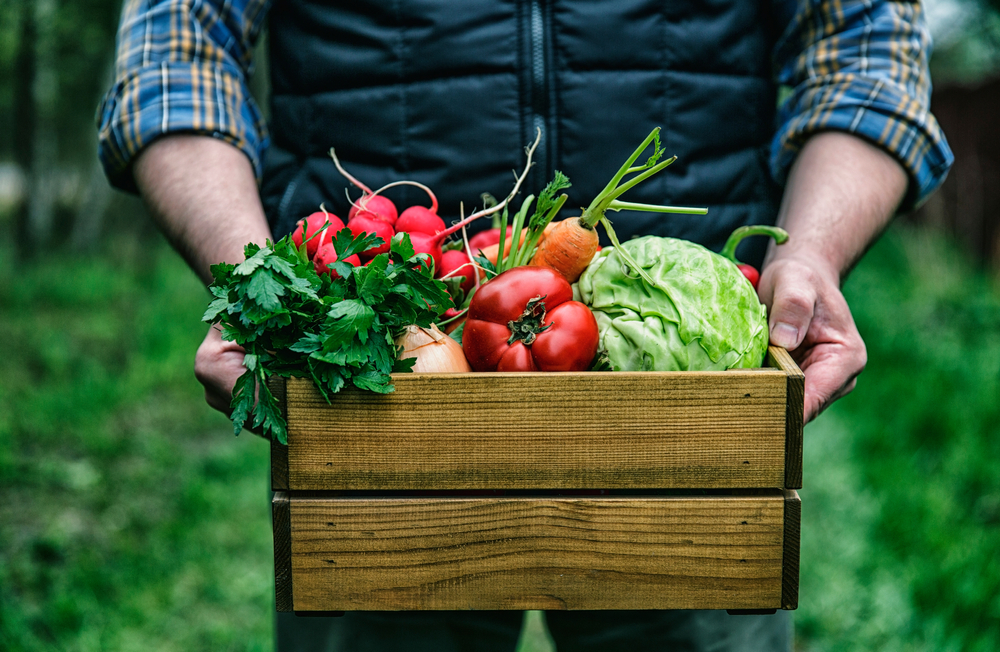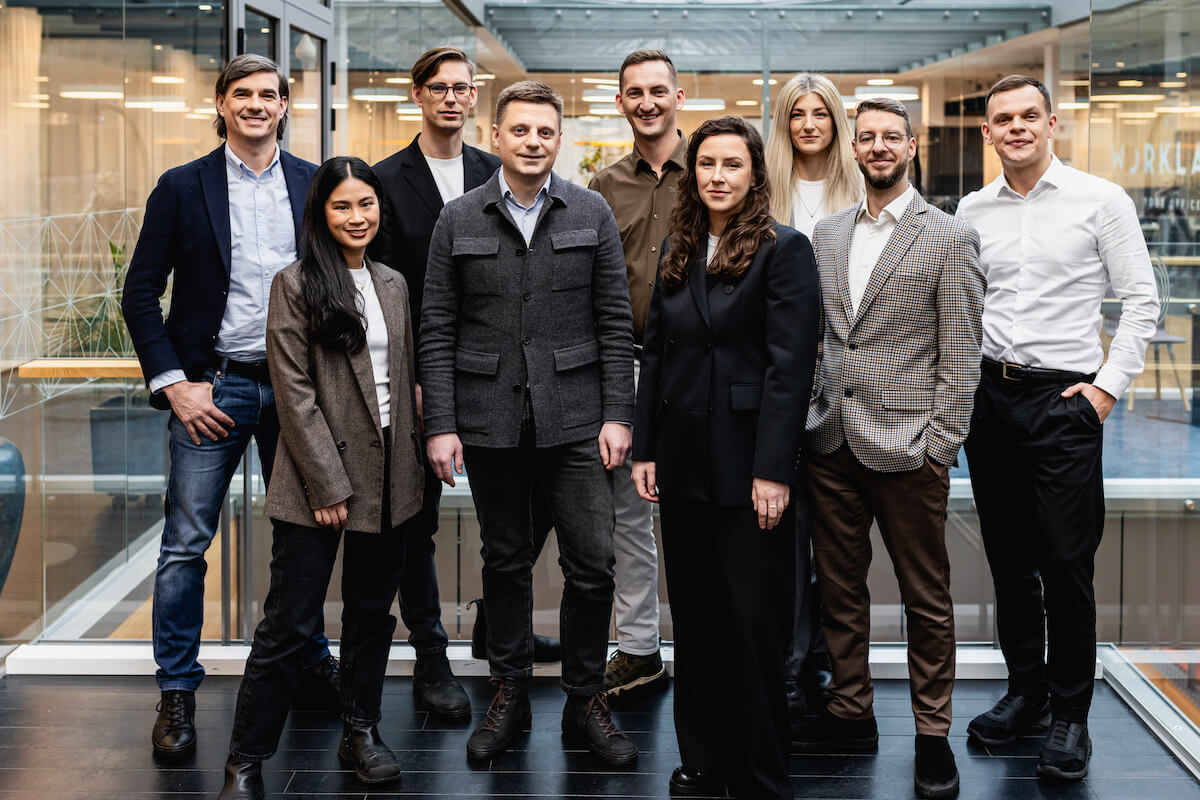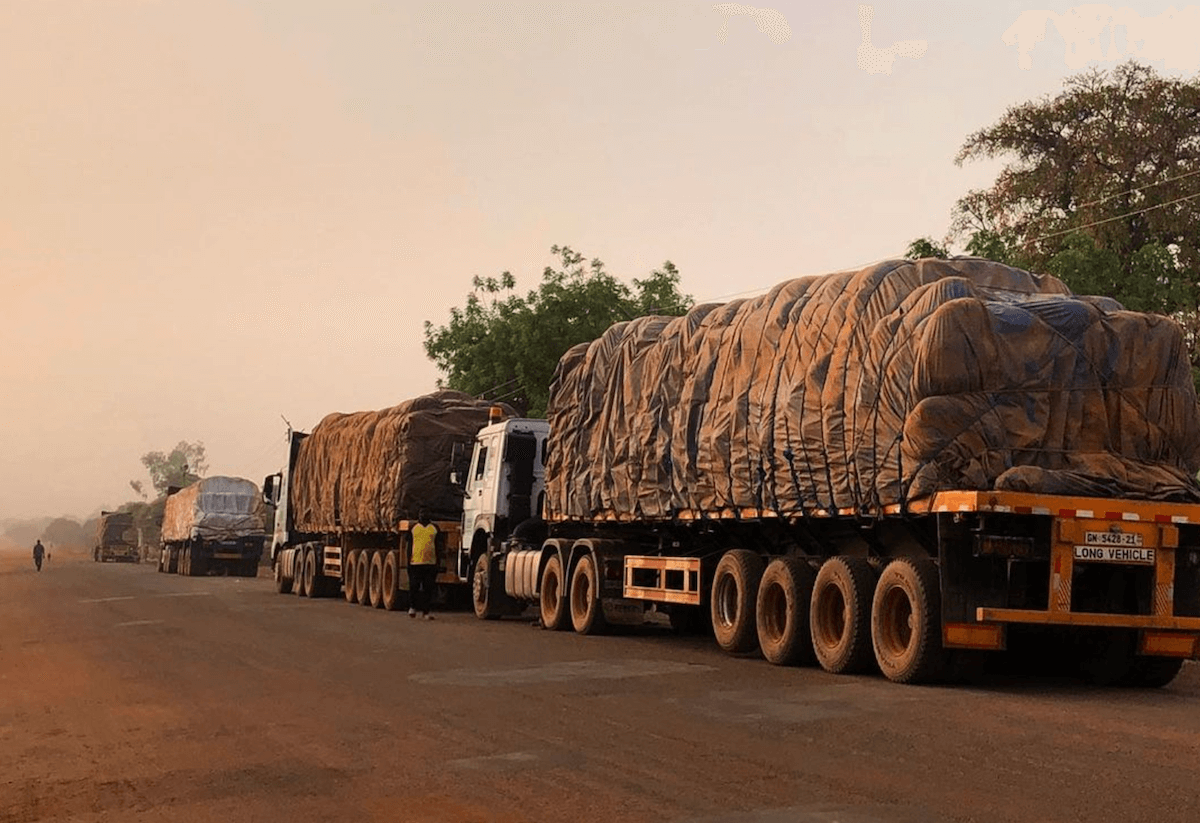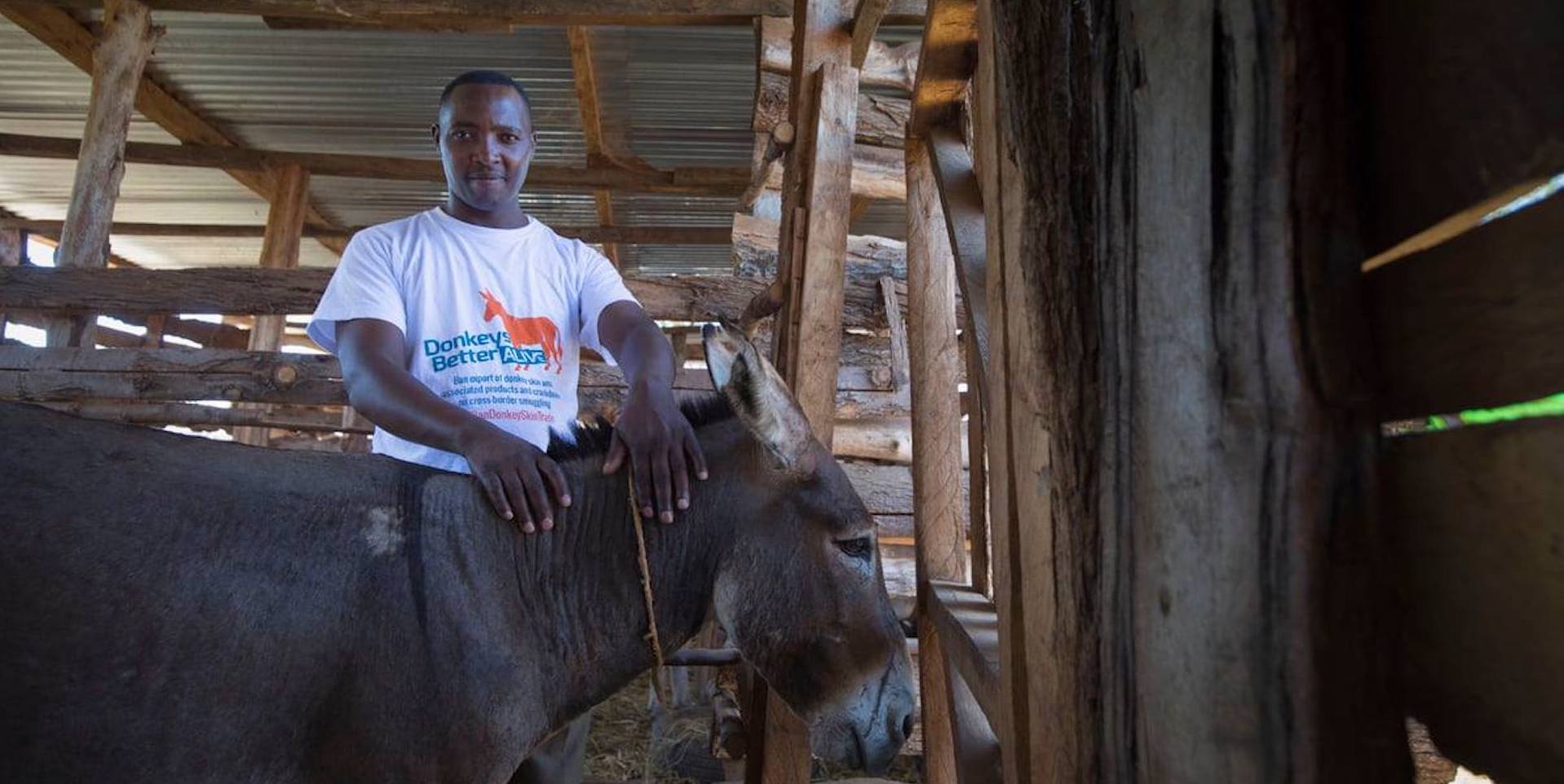The growing food crisis has become a global catastrophe.
The combined impact of the invasion of Ukraine, climate-related disasters like droughts, and other instability has an estimated 323 million “marching toward starvation,” according to David Beasly, who leads the U.N. World Food Program.
In response, investors must undertake a shift to create healthy, equitable, and sustainable food systems – much as they did with their work in the energy sector. Investors are increasingly supporting a shift towards carbon-neutral emissions. This is critical work, but we also know the gradual warming of our atmosphere is not the only major global threat to our collective well being.
Food systems today are driven primarily by large-scale operations working to produce as many crops as possible to feed the most people and earn the greatest profit. This focus leads to boosts in production but harms the overall resiliency of the food system. Higher use of chemicals and other extractive processes create poor water and soil quality, limiting biodiversity, and exploiting farmers and other workers.
Highly concentrated production models mean we cannot easily absorb shocks to the system, and the only option is price changes, leading to greater hunger and instability, which then leads to even higher prices. Food demand will likely grow by 50% in the next 10 years, increasing the strain on our already strained food systems, which have seen food prices rise by more than 30% in the last year.
The uncertainty and interdependence of our food systems could cause greater disruptions across the economy, driving up prices beyond agriculture products with a variety of unknown effects:
- Fertilizer supplies. Fertilizer prices will likely rise, around 12%, according to American Farm Bureau Federation, coming off an increase of almost 20% last year. Russia already reduced export quotas prior to their Ukrainian invasion and increased gas prices would further tighten the production of fertilizers. This would influence the growing season in the US and across the world, creating cascading effects on the price of agricultural products and food.
- Weaponizing food. “Wheat diplomacy” is increasingly a Russian tool of influence because of our global overreliance on their production. As the fighting in Ukraine drags on, Russian could leverage this influence to further disrupt the food markets.
- Agriculture as energy. Increased oil prices could lead to further increases in the cost of the food supply. As oil prices rise, there will be greater incentive to use more biodiesel and other plant-based fuel sources, which would divert agriculture supply to fuel production. In 2008, this shift was partly attributed to further food price spikes and subsequent unrest.
Investing in resilience
The interconnected nature of our agricultural production and food supply speaks to a fragility in our food systems. Mirroring the work around climate finance, investors are increasingly recognizing that a “systems approach” is needed to transform our food economy into one that prioritizes healthy, equitable, and renewable processes.
Yet unlike the established infrastructure around the financing of green energy and reducing the harms of climate change–such as the Net-Zero Asset Owners Alliance or the Net Zero Asset Managers Initiative–there is not as robust a focus around investing in and supporting resilient food systems.
To help shine a light on the work that is happening, the Global Alliance for the Future of Food and TIFS, the Transformational Investing in Food Systems Initiative, sought out examples of financial investing that has propelled food systems towards greater resilience. The resulting report outlines several different strategies that investors can use to support the creation of the future of food:
- Blending capital. Investors should support the integration of investment dollars with other financing mechanisms, such as grants or in-kind donations. Often, systems transformation is limited by only what is investible, but expanding beyond the investment silo can help create new mechanisms for food resiliency.
For example, Sylva Food Solutions in Zambia combined its own resources — 40% capital and 60% in-kind land, machinery, and vehicle purchases — with a grant from the World Bank to construct a facility that enabled the company to scale its healthy food-processing business. This increased income for small-scale female farmers and increased local food security in Zambia’s capital city of Lusaka.
- Guaranteed markets. Farmers, particularly those that operate small farms, often grow surplus crops without opportunities for sale, leading to waste and reduced incomes. Investors can support entities that offer guaranteed markets and/or payments to these farmers.
In Mexico, Educe Cooperativa leverages organic and Fair-Trade certification to provide its beekeeper members with regular, advance payments of up to 60% of their honey. This stabilizes income and allows farmers to use the upfront capital to invest in new beehives and other essential costs like education, household sanitation, and healthcare.
- Fair-cost financing. Capital offered should be fair and inclusive in structure and approach. The Northern Co-operative Development Bank, which supports local cooperatives in Sri Lanka’s Northern Province, has solicited grants, zero-interest loans, crowdfunding, and technical and in-kind assistance. They have used these financing tools to provide small amounts of capital to women, farmers, and other marginalized groups with limited resources.
- Shared ownership. Growth and development of food systems should be guided by principles of participatory governance and inclusive ownership.
In the United States, Organically Grown Company actively involves its employees, farmers, customers, community allies, and investors in the benefits and structure of its business. Each of these groups has a say in the governance of the business but no one alone can make sole decisions. Investors can actively encourage and support these methods of operations for their investees.
- Procurement dollars. Often, organizations and entities may have resources already at their disposal to help the transition to sustainable food systems. Investors should support strategies of budgeting, self-sufficiency, and circular economy to decrease dependence on outside sources of funding.
The Municipality of Copenhagen, for example, leveraged their city procurement process to purchase local, healthy, organic, and fresh foods, increasing demand and sending a market signal.
These strategies highlight the need to look at system-level problems from a collective, ecosystem approach. To transform our food systems towards resilience and health, we need to bring together policymakers, social entrepreneurs, investors, philanthropic groups and others to work towards these bold goals.
The strain on our food systems will only increase in the coming years, and the time is now to invest in and strengthen our resilience.
Rex Raimond is executive director of the Transformational Investing in Food Systems Initiative.

